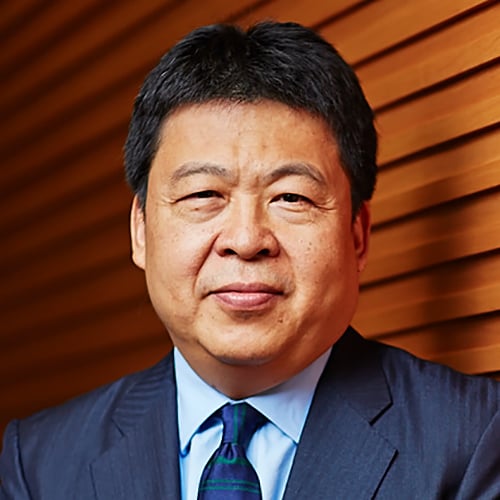In a survey of 500 Hong Kong parents, only one out of 10 respondents are quite familiar with investment-linked products.
A Chinese New Year-themed survey by Friends Provident International (FPI) revealed that Hong Kongers are more confident explaining the rules of mahjong, a popular leisure game, than the mechanics of investment-linked products. While many of them acknowledge that there’s a need to supplement the Mandatory Provident Fund with property and investment-linked products, few have clear understanding of what investment-linked products are.
Despite this, many of these parents are keen to start their children’s financial education early, starting with the basics such as good money saving habits. Majority of Hong Kong parents teaches their children: ‘many a little makes a mickle’ by investing their Lai Sees into a savings account (57% of respondents), or saving plans (30% of respondents) instead of spending the cash. To ensure the Lai See money is put to good use, Hong Kong parents tend to tell their children that they will ‘save up their Lai See money for them’ and they do, the report showed.
“I see part of children’s future stems from learning and having good financial planning since their young age. However, teaching them good saving habits is just a first step, understanding and being educated on the significance of investment diversification is the important next step. We should be better aware of our investment products options, which is crucially important in today’s climate of low interest rates and ever-changing world. It helps us make wiser judgments that best suit our wealth preservation and accumulation needs,” said James Tan, managing director for Asia at Friends Provident International.
Higher income earners (HKD 60,000/month and above) were more controlling of children’s red packet money. Only 3% of them opted to let the children decide for themselves on how to use the money, as compared to 13% of the lower income earners (below HKD 15,000/month). The middle income earners (HKD 15,000 – 45,000/month) would put the bulk into their children’s savings and extracurricular activities.
There seems to be a trend of allocating red packet money into more conservative uses or arrangements, and the trend is more obvious if bigger sums of money are involved. When asked what they would do if the sum of money was particularly big (for example, HKD 20,000), most respondents chose putting it into a savings account (67% of respondents) and education fund (22% of respondents), and only a very small portion would use the money for children to spend on dinners or gifts.









